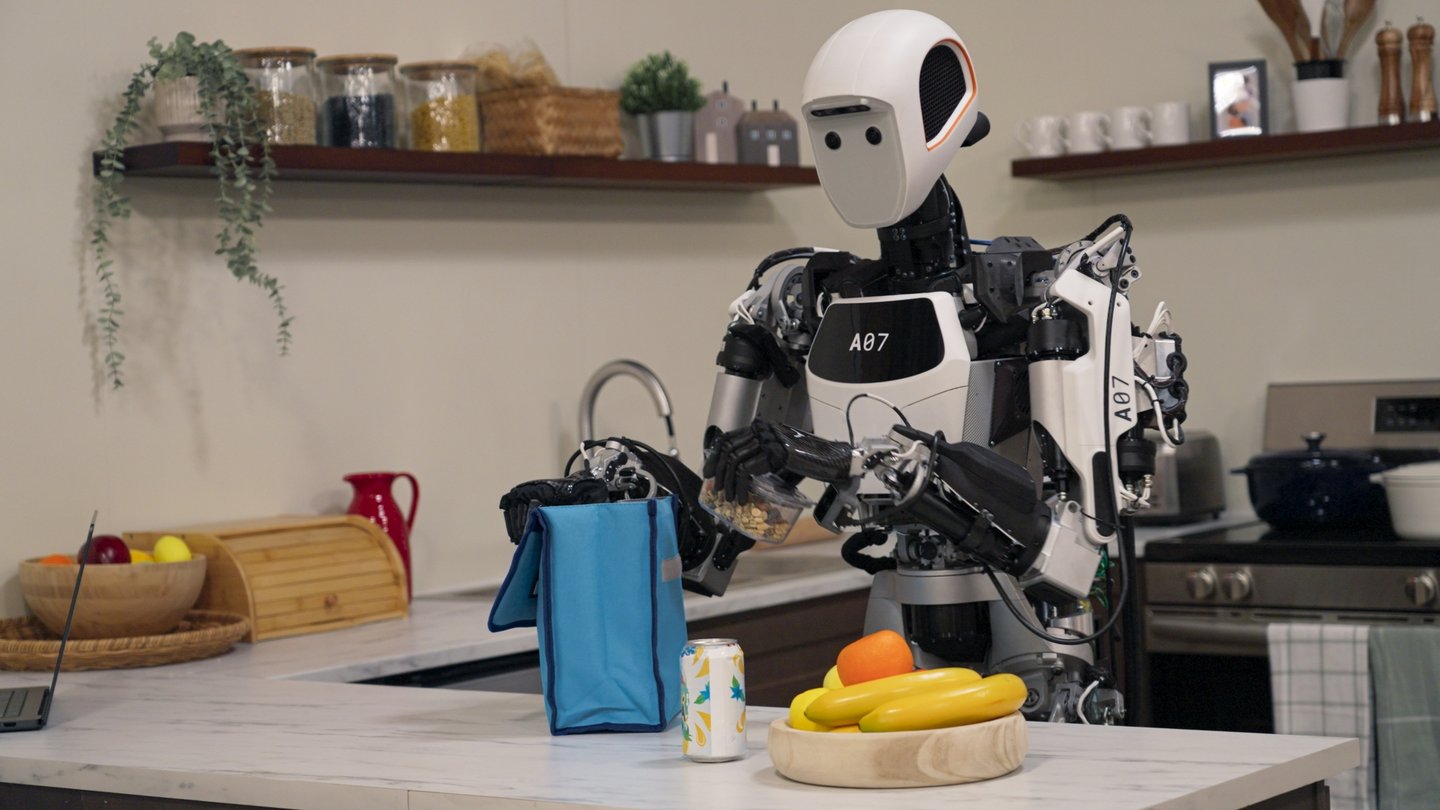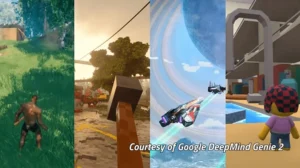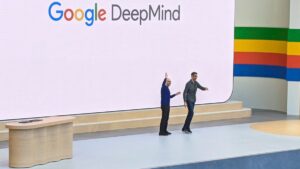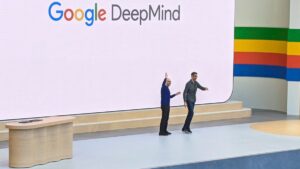Explore Gemini Robotics: A Behind-the-Scenes Look

Google DeepMind Unveils Gemini Robotics Models
Today, Google DeepMind has introduced an innovative family of Gemini models that aim to revolutionize robotics. These new models are designed to blend various inputs, such as natural language and images, thereby enabling robots to perform complex tasks in the physical world.
What is Gemini Robotics?
Gemini Robotics is a vision-language-action (VLA) model. This system processes natural language and images to generate the corresponding actions a robot should perform. This advancement makes it possible for robots to understand commands and visualize their environment, significantly improving their interaction capabilities with humans.
Key Features of Gemini Robotics Models
The announcement revealed two primary models:
- Gemini Robotics
- Gemini Robotics-ER
Gemini Robotics
The standard Gemini Robotics model excels in executing physical tasks. By interpreting user instructions in natural language and analyzing visual inputs, the robot can perform a variety of functions. Examples of activities include:
- Folding Origami: The ability to understand complex visual instructions and recreate intricate paper designs.
- Packing Lunches: Organizing items efficiently in a lunchbox based on specified criteria.
- Playing Word Games: Engaging in activities like Scrabble by spelling words with tiles.
The use of everyday tasks exemplifies how Gemini Robotics can integrate into daily life, making mundane chores more manageable.
Gemini Robotics-ER
The second model, Gemini Robotics-ER, enhances the robot’s reasoning abilities. This version is particularly adept at recognizing and analyzing different objects and their components in three-dimensional space. This capability is crucial for performing more sophisticated tasks, which require advanced awareness of the robot’s surroundings.
Potential Applications of Gemini Models
The Gemini models have the potential for wide-ranging applications across various sectors:
- Home Assistance: Robots can help with household chores, making life easier for families, particularly those with young children or elderly members.
- Educational Tools: These robots can serve as interactive learning aids, using engaging activities to teach children skills like math, reading, or even arts and crafts.
- Healthcare: In a clinical setting, robots equipped with these models can assist in patient care, organizing supplies, or even following simple commands from healthcare professionals.
- Manufacturing: By integrating Gemini models into production lines, robots can improve efficiency and precision in tasks like assembly and quality control.
The Future of Robotics with Gemini
The introduction of the Gemini models signals a transformative period for robotics. These advanced systems open avenues for developing robots that truly understand human commands and react accordingly in real time. As these technologies evolve, we may see an increase in the types of tasks robots can undertake and their overall ease of use.
Expectations Moving Forward
Looking ahead, researchers and developers will likely focus on enhancing the capabilities of the Gemini models. This includes refining their understanding of complex language, improving their visual processing skills, and broadening the range of tasks they can perform effectively.
The implications of this technology extend beyond just improved automation. With a deeper integration of AI in everyday activities, the landscape of what is possible in robotics holds exciting promise for both personal and professional applications. The efforts of Google DeepMind in advancing this technology mark a significant step towards smarter, more capable robots that can seamlessly integrate into human environments.






